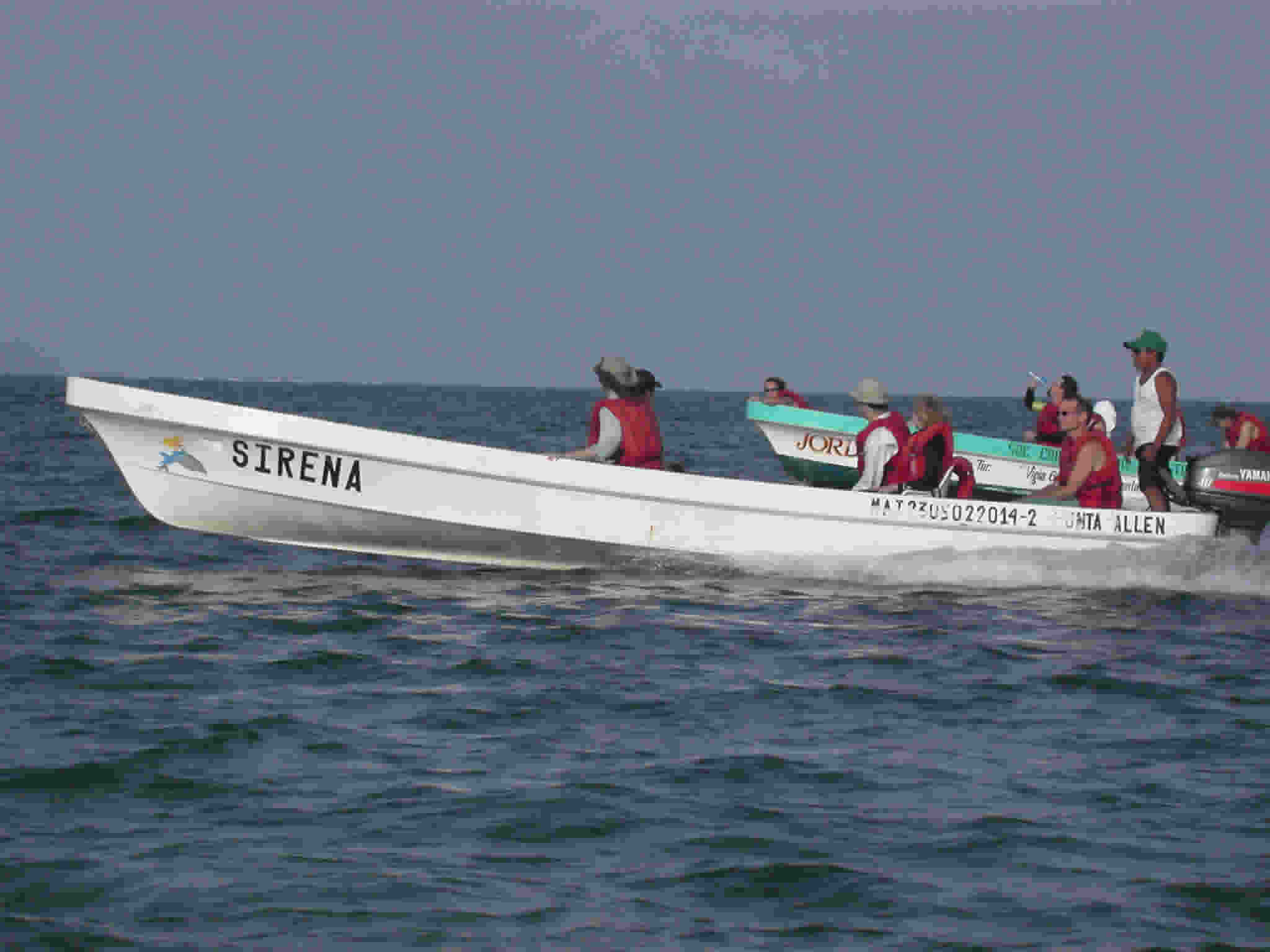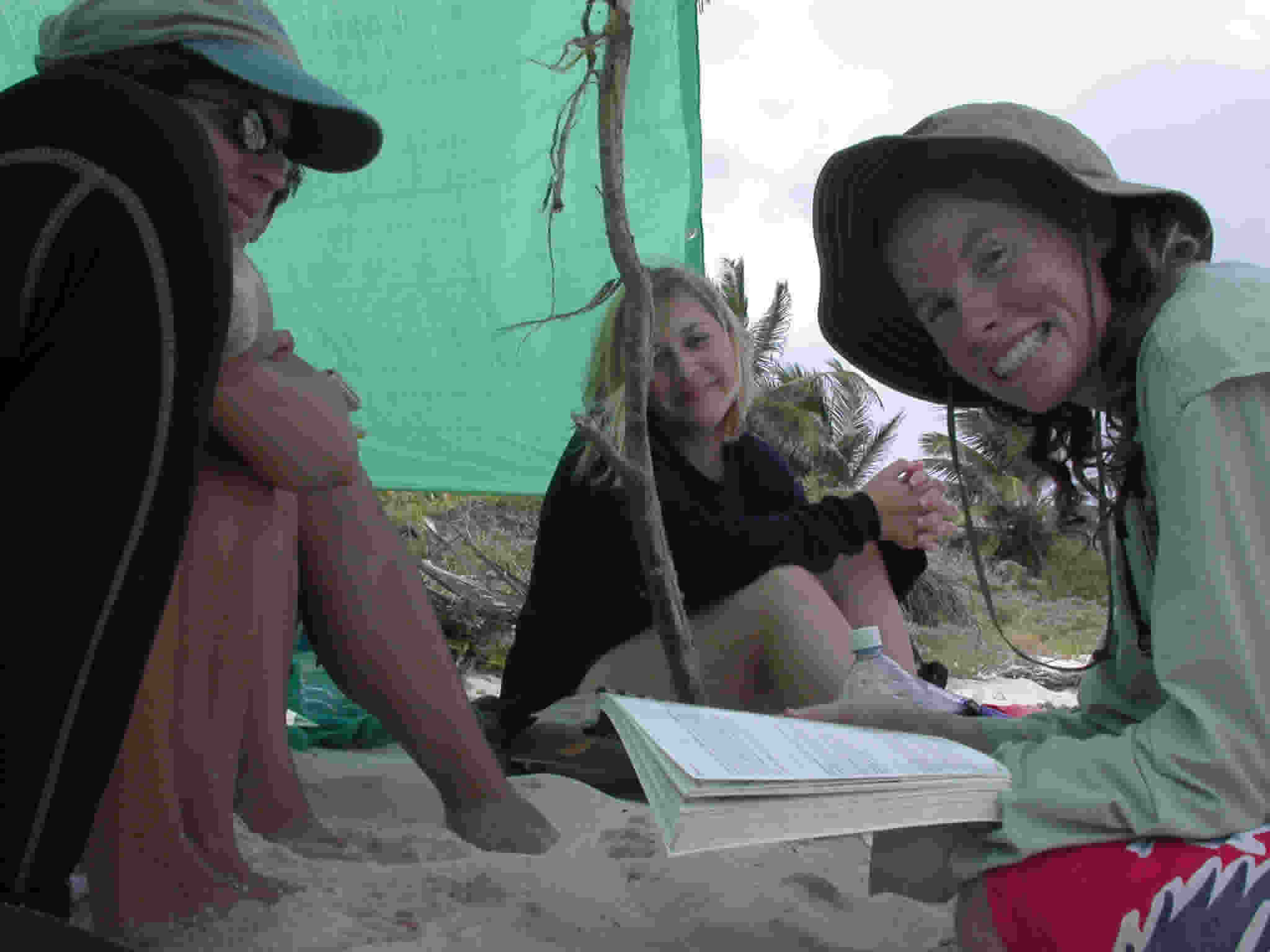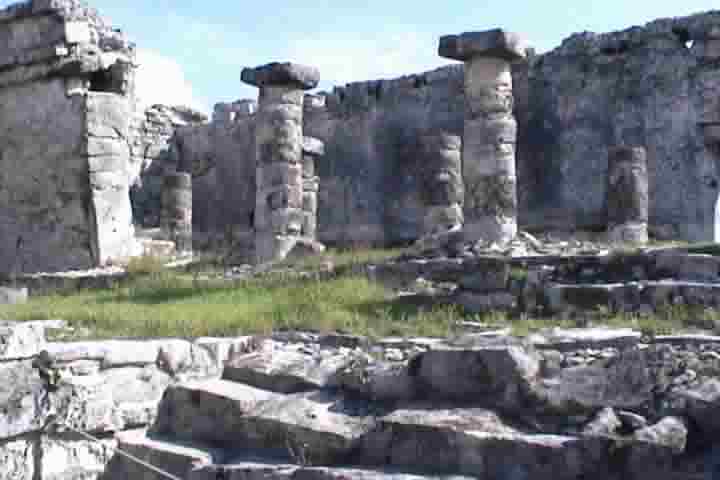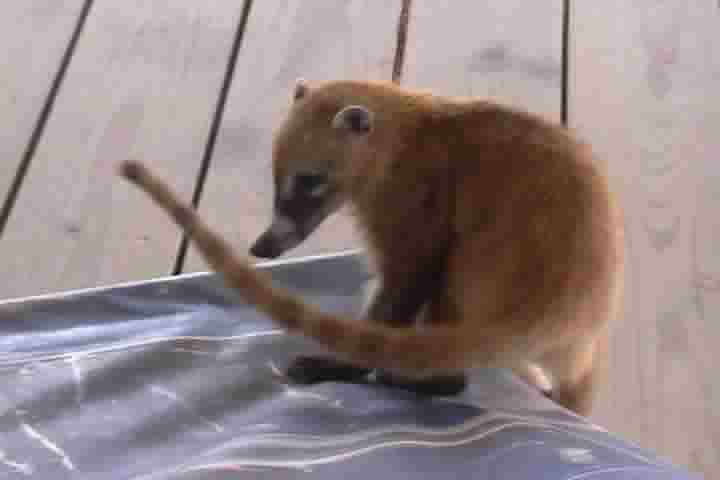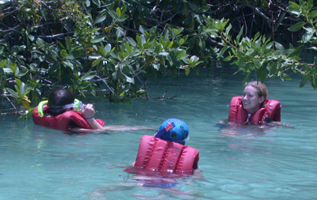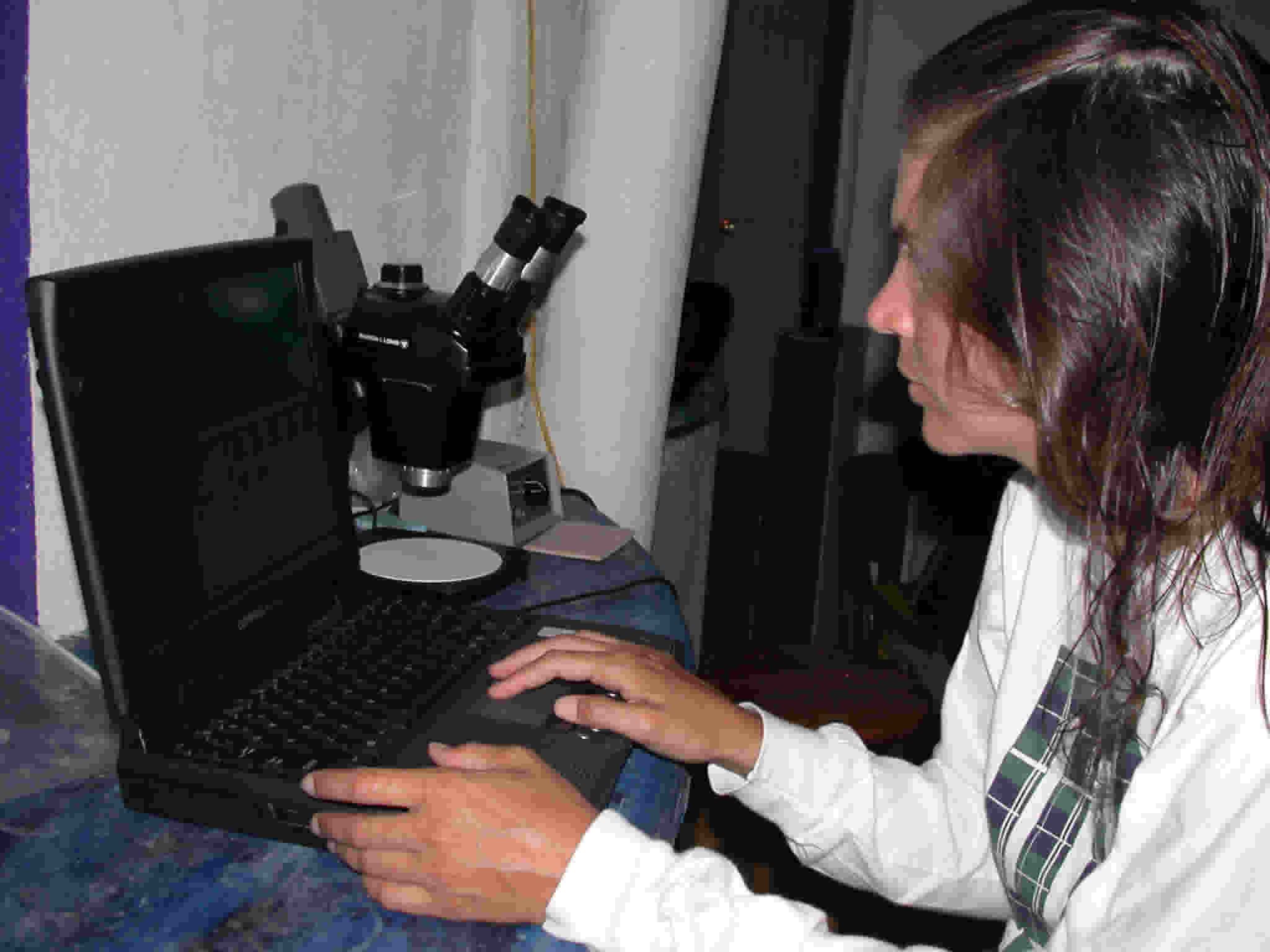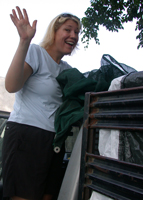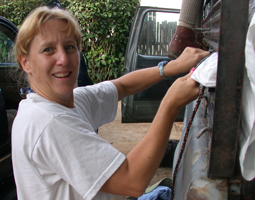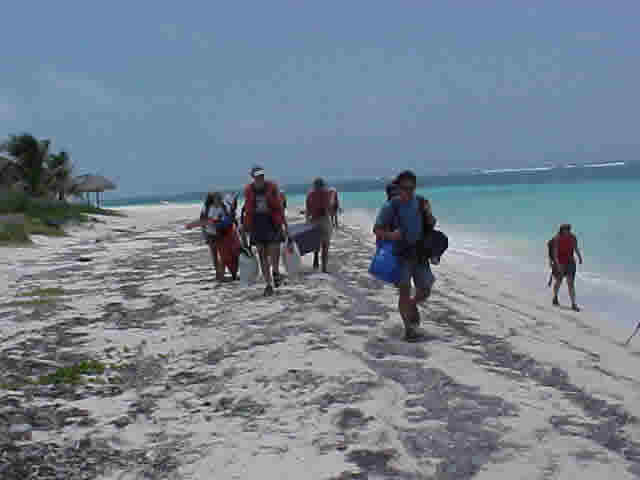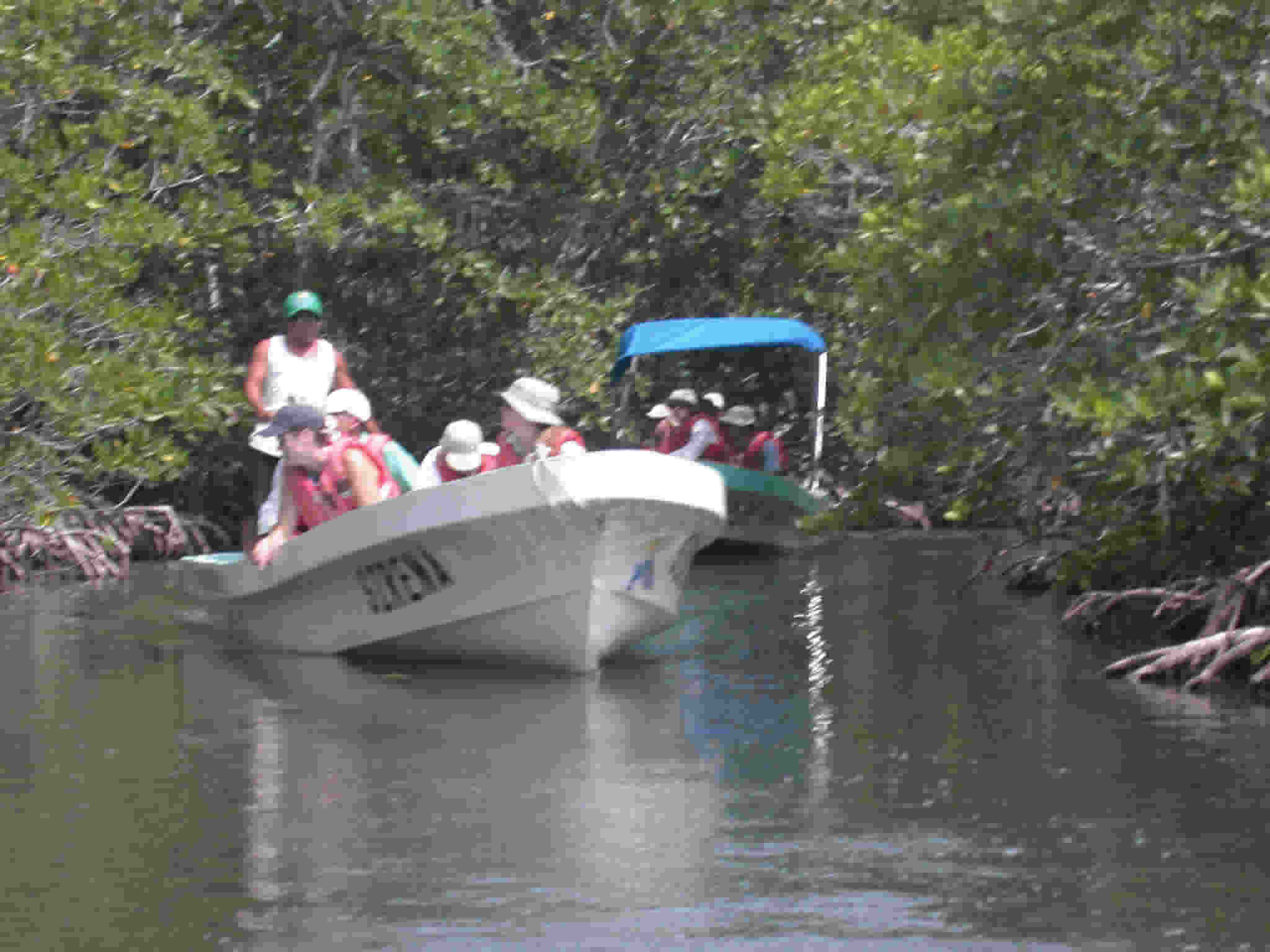
Mangrove Biology-Geology Explorations / Coral Reef Biology Snorkel Team
Field Biology & Field Geology in the Mayan Tropical Coastal Ecosystems (Sian Ka'an Biosphere Reserve), Quintana Roo, Mexico.
Maya TORCH 2004 Expedition Updates
Required Personal Clothing & Gear
National Science Teaching Standards
To Pay Share of Cost by Credit Card
Yucatan Peninsula Map & Location of Sian Ka'an Biosphere Reserve
Session 1: Monday, June 30-Tuesday, July 7, 2004.
Participant Share of Cost (SOC): $1000 plus airfare to Cancun, Mexico rendezvous. (Partial need-based fellowship may be available).
The Environmental Learning Institute provides course transport from the Cancun rendezvous to the Sian Ka'an Biosphere Reserve, Mexico, on-course travel, food, cooking equipment, lodging, protected area fees, course reader and all scientific and research equipment.
†The Share of Cost (SOC) does not include airfare from the participantís home to and from Cancun, registration for credit, personal clothing, personal equipment expenses, personal expenses or optional travel.
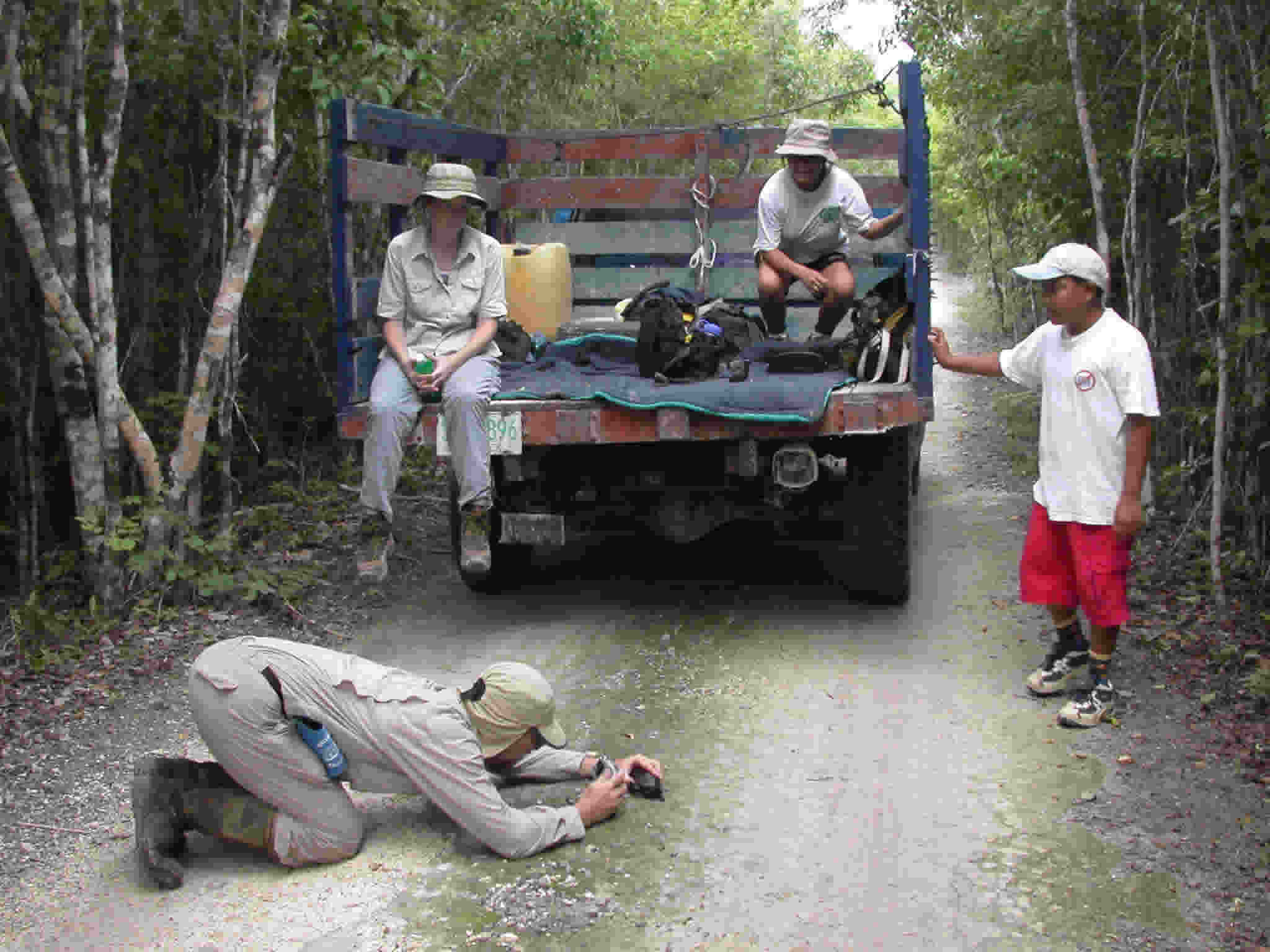
Semi-deciduous tropical forest explorations
Credits:
Option 1. 4 graduate-level relicensure hour credits available through Colorado School of Mines (additional $150). Registration for this credit is done at the completion of the course with payment by credit card or check.
Option 2. 2 sciences graduate credits available through New Mexico Institute of Mining & Technology ($360). Registration for this credit must be completed prior to the course. NMIT registration materials available at www.nmt.edu/~eodi. The NMIT contact is Marisa Wolfe, 505-835-5470, mwolfe@admin.nmt.edu.

Biosphere Staff Naturalist at Mayan Site
Rendezvous:
Session 1: 3:00 PM, June 30, Cancun Airport.
Dropoff:
Session 1: 7 AM, July 7, Cancun Airport

Anna Gahl Cole & David Vaughan
1. Faculty:
David Scott Silverberg, Ph.D., 520 731-3374, silverberg@alum.mit.edu
Environmental Learning Institute
5710 South Freeman Road #4
Tucson, AZ 85747
Gonzalo Merediz, Program Coordinator, Amigos de Sian Kaan, Cancun, Quintana Roo, Mexico.
Sam Meacham, Conservation Cave/Cenote Exploration Geographer
|
Anhinga
2. Brief Description: Teachers will:
Palapa classroom with powerpoint / Cooperativo water taxi to offshore coral reef
4. Levels of teacher-participants: We invite intermediate- to secondary-level pre-service, in-service, education undergrad and graduate student, science education professors (teacher of teachers) and science education professionals (e.g. science education coordinators, university, park, museum and outdoor center affiliated).
Snorkel Beach Camp 5. Structure of workshop:
Tulum Maya Site / Coatimundi / Snorkel Team Practicing for Coral Reef Survey 6. Content Knowledge Topics: Field Geology and Field Biology in the Context of Natural Ecosystems and Ecological Concepts This course provides a field geology and field biology overview of the Mayan Coast, Quintana Roo, Mexico natural tropical coastal ecosystems: what they are; how they work; and how they evolve and adapt to change. Ecosystem structure and function, as well as ecosystem development and dynamic equilibrium are integrated into a central theme of sustainability from a local and global perspective. Particular emphasis will be given to the ecology of Quintana Roo's Caribbean Coast , the Sian Ka'an Biosphere Reserve. Biosphere, lithosphere, atmosphere interactions and exchanges within the coastal zone and tropical biomes are introduced as related to issues of local and global environmental change. The philosophy, pedagogy and learning activities of the course employ a standards- and inquiry-based approach.
Mangrove Biology & Geology Snorkel Float Learning Activity Topics Include: Environmental History of Mexico Mexico's Protected Areas and Communities
Tectonic, Geologic and Physical Geographic Development of the Yucatan Peninsula Watersheds and Coastal Environmental Change
Physical Oceanography of the Coastal Zone Coastal Processes
Ecosystem Studies of Coral Reef, Barrier Beach, Lagoon, Mangrove, Salt Water Marsh and Tropical Forests include: Ecosystem Structure and Function Biodiversity Habitat Fragmentation and Degradation
Global Coral Reef Assessment
Cenote Biology & Geology Snorkel 7. Curriculum materials: 8. Field Equipment: Our field lab includes several notebook computers, TI-89 graphing calculators, a full set of Vernier calculator and computer-based laboratory probes and standard geological and biological survey equipment. A digital projector, external portable CD-RW, portable printer, dreamweaver and fireworks web design software, compasses, underwater writing tablets, barometers, digital cameras, mini-DV camcorders, 35 mm SLR, dissecting microscope, GPS units.
Dissecting microscopes / Notebook computer data compilation 9. Food and Lodging: We will be cooking in our field camp and occassionally eating out in simple local restaurants. Participants will be asked to help the camp manager with cooking and cleaning chores in rotation. We will be occassionally lodging in simple lodges and sleeping in beds in shared rooms. Participants will sleep in sleeping bags on sleeping pads in tents, as well as shared rooms in a simple lodge.
10. Physical Fitness Requirements: The Maya Coast TORCH course involves hiking, dayhiking with a 20 pound daypack, hiking on trails and off-trails, traveling in a van for several hours on sometimes curvy coastal roads, †traveling in a motorboat on a choppy water surface, snorkeling for several hours a day.† Participants will sleep in sleeping bags on sleeping pads in tents, as well as shared rooms in a simple lodge.
Heading home after a full coral reef survey snorkel day
|

